What was pitched to me as a lighthearted idea at a team meeting became a very exciting reality when my ticket was booked for an early morning flight to Singapore to attend CanJam, visit Eletech’s office, and of course, do some light sightseeing. While a good majority of that will be covered in a CanJam Singapore Recap video, this article will serve strictly as a detailed guide for all the products I got to listen to at the show.
7th Acoustics
Supernova: 7th Acoustics came highly recommended to me at the show by Chang, founder of both Subtonic and Nightjar acoustics. I was fairly excited to finally check them out: I had read some reviews and heard some rumblings of the Supernova on HeadFi, but had never gotten the chance to listen to it myself. I was certainly not left disappointed. As someone who’s enthralled by an IEM’s ability to capture vocals so intimately, Supernova instantly grabbed my attention by its way of doing just that. With an incredible sense of lushness to them, vocals somewhat wrap around you as the rest of the mix is both technically capable and also incredibly pleasing tonally. Top end aggression wasn’t anything to write home about, but Supernova’s resolution remained quite solid and coherent throughout, offering an excellent blend of both detail and romanticism to really capture a great all around sound profile.
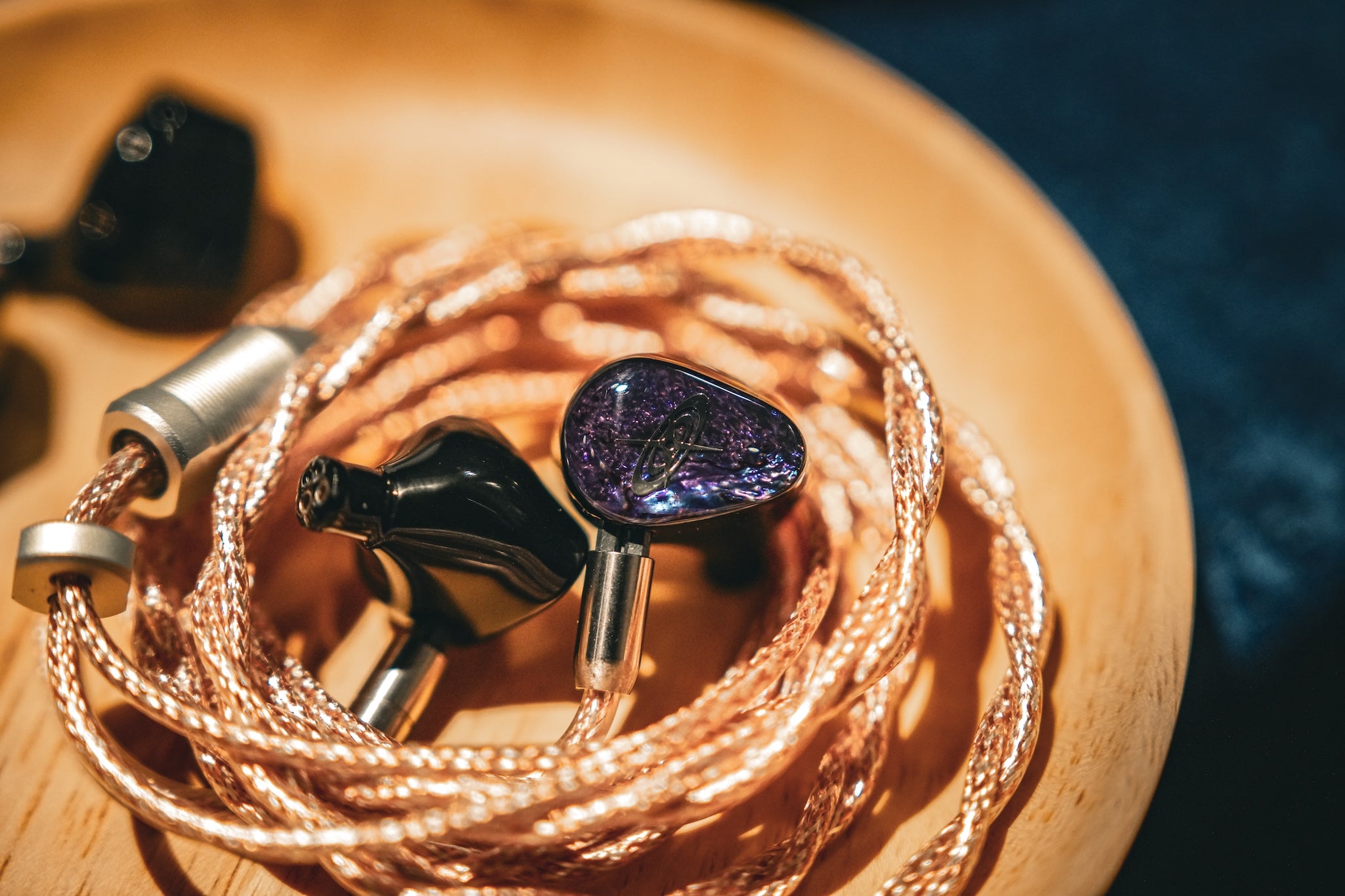
Prototype: And for those of you who may be looking for that aggression within the Supernova, you may not have to wait much longer within 7th Acoustics lineup to get that. With a much faster attacking bass, and a treble that isn’t afraid to hit you with more zing than Supernova, 7th Acoustics’ prototype keeps what makes Supernova so great, and merely adds a few tweaks to keep the sound signature both fresh and appealing to those who want a bit more oomph across the board. Talking with Stephen Syn, founder of 7th Acoustics, I got a great sense of what went into making this prototype’s treble so resolving and well extended, and I have a feeling that a lot of people are going to enjoy what 7th Acoustics has in store next for listeners. I’m very excited to see more impressions garnered on this IEM, and for it to be officially released alongside Supernova for more in depth reviews and comparisons.
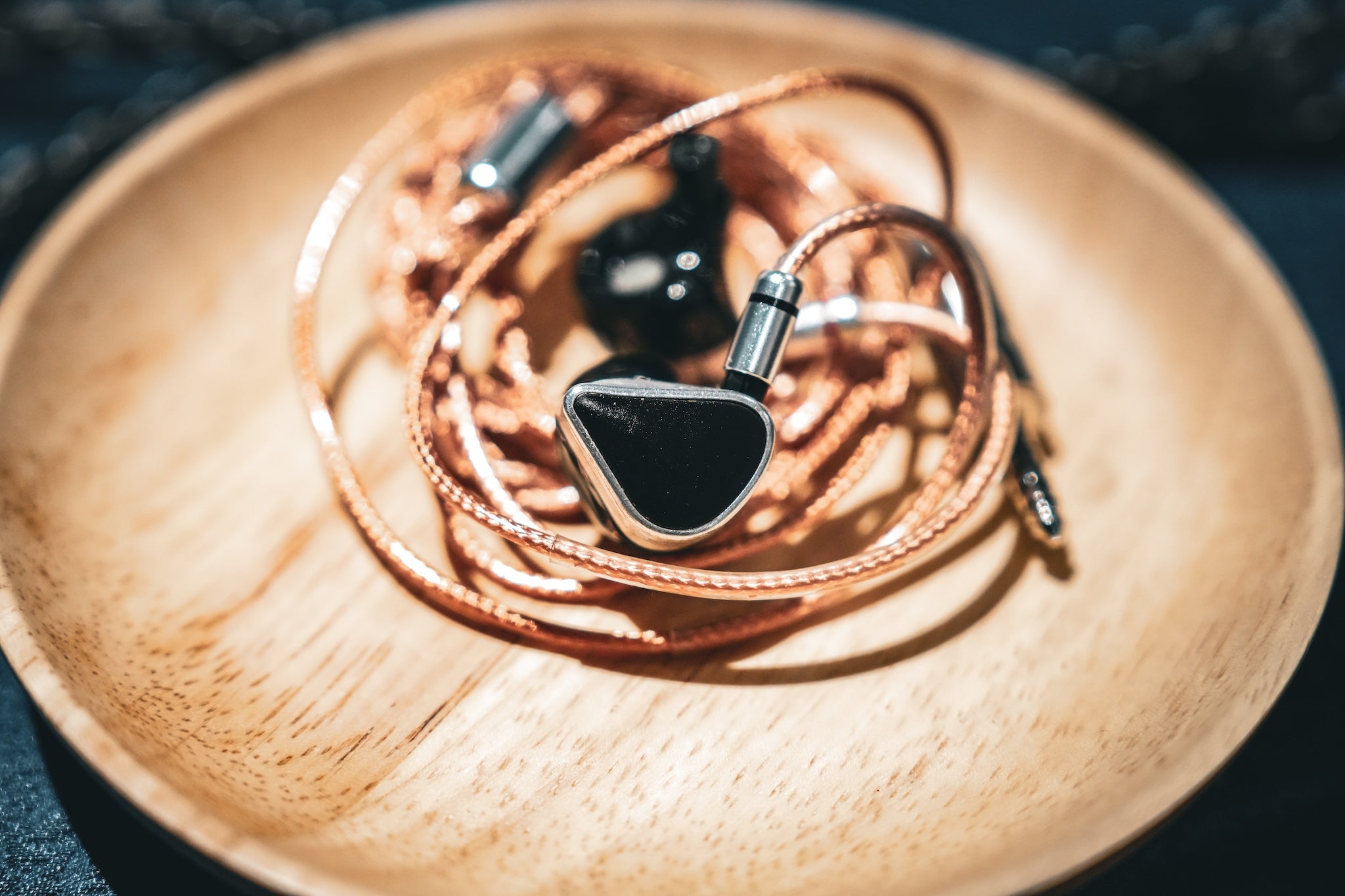
Abyss Audio
Diana MR: Diana TC was all the buzz in the office when we were able to get a unit through our pre-owned program, and having spent time with it over the course of multiple listening sessions, I learned to enjoy its sonic properties, without ever falling in love with its sound signature. I found it tonally balanced, resolving, and accurate (to my ears). All the things you could ever want in a headphone. But part of me wanted something more. Enter Diana MR. While I’m willing to admit Diana TC is most likely the “better” headphone in total technicalities, Diana MR adds slightly more low end presence that's punchy and impactful, gets that treble presence really focused and controlled with comfortable zing and extension, and adds a very lush midrange that's incredibly engaging. I’d say the biggest knock I can hit Diana MR with is that, in a tight A/B comparison, it's certainly more closed-in in its soundstage. As far as I’m concerned, though, Diana MR was a very pleasant surprise to the show, and even left me wondering, “which would I go home with, TC or MR?” and it felt as though the answer was always the MR.
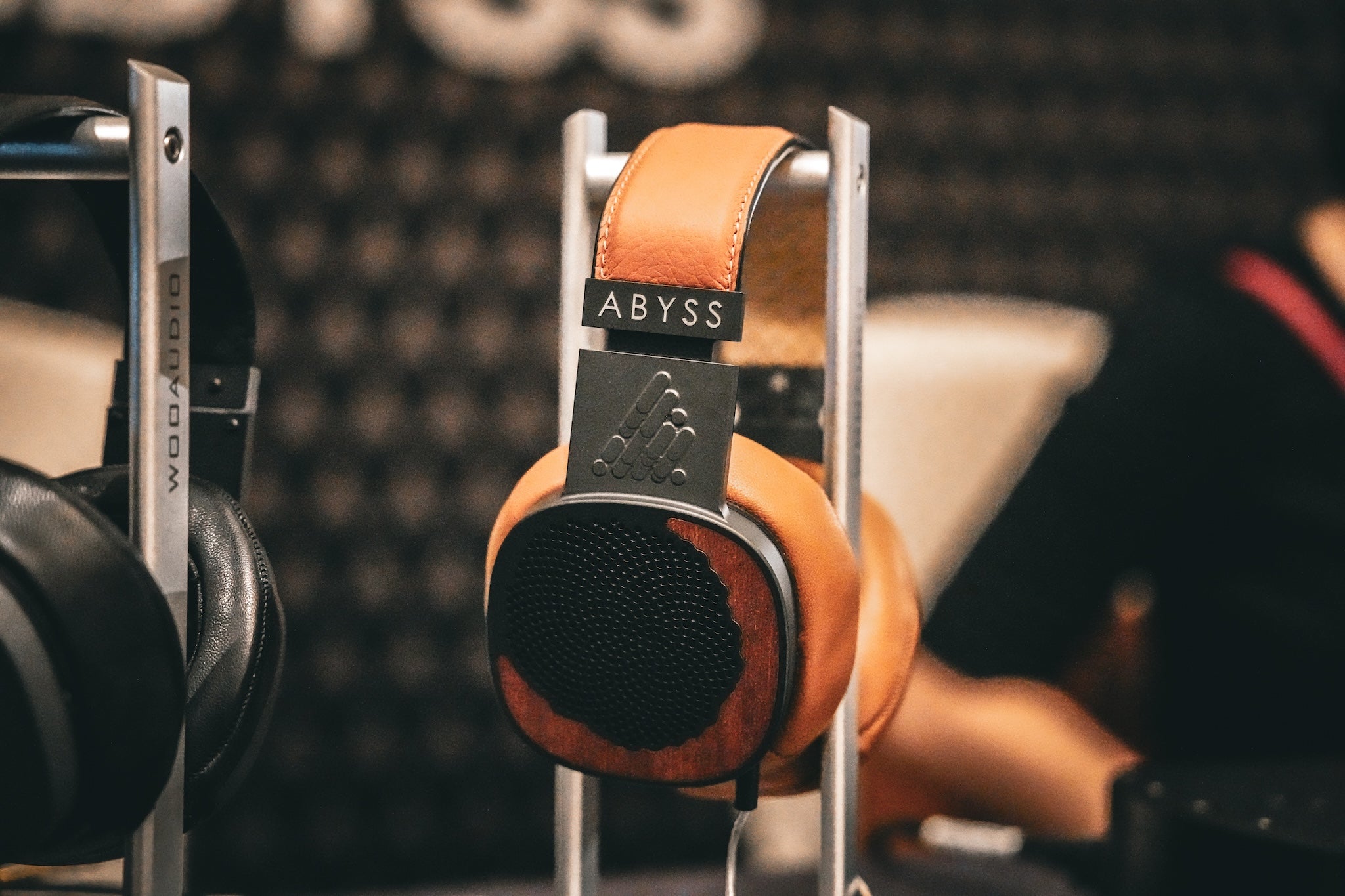
Austrian Audio
The Composer: I’ve been intrigued by Composer’s reviews and written impressions for quite some time now as it seemed to, on paper, capture a lot of things I like in a headphone. Impressive staging and separation, great bass extension, forward upper mids, and well extended treble. I think the Composer nails all of these qualities very well. The staging and separation was easily the first characteristic to really jump out at me as the instruments in Norah Jones’ “Come Away with Me” came at me at all different angles with excellent clarity and space between them. The bass went extremely deep in a lot of tracks that I found to produce a good amount of thump within them, giving me every last ounce of subbass that track had to offer. Referencing back to the aforementioned separation, I thought the way that vocals separated themselves with clear discernment from the instruments that were so well spaced out in the sound presentation was incredibly engaging and added a sense of romanticism to a mostly reference sound signature. And of course, all of this is captured by Composer’s excellent display of top end detail, giving great extension and sparkle to a treble that followed in similar fashion to its low end. The Composer offers a complete package that should give both a discerning, and more laid back listener, a piece of its sound signature to enjoy.
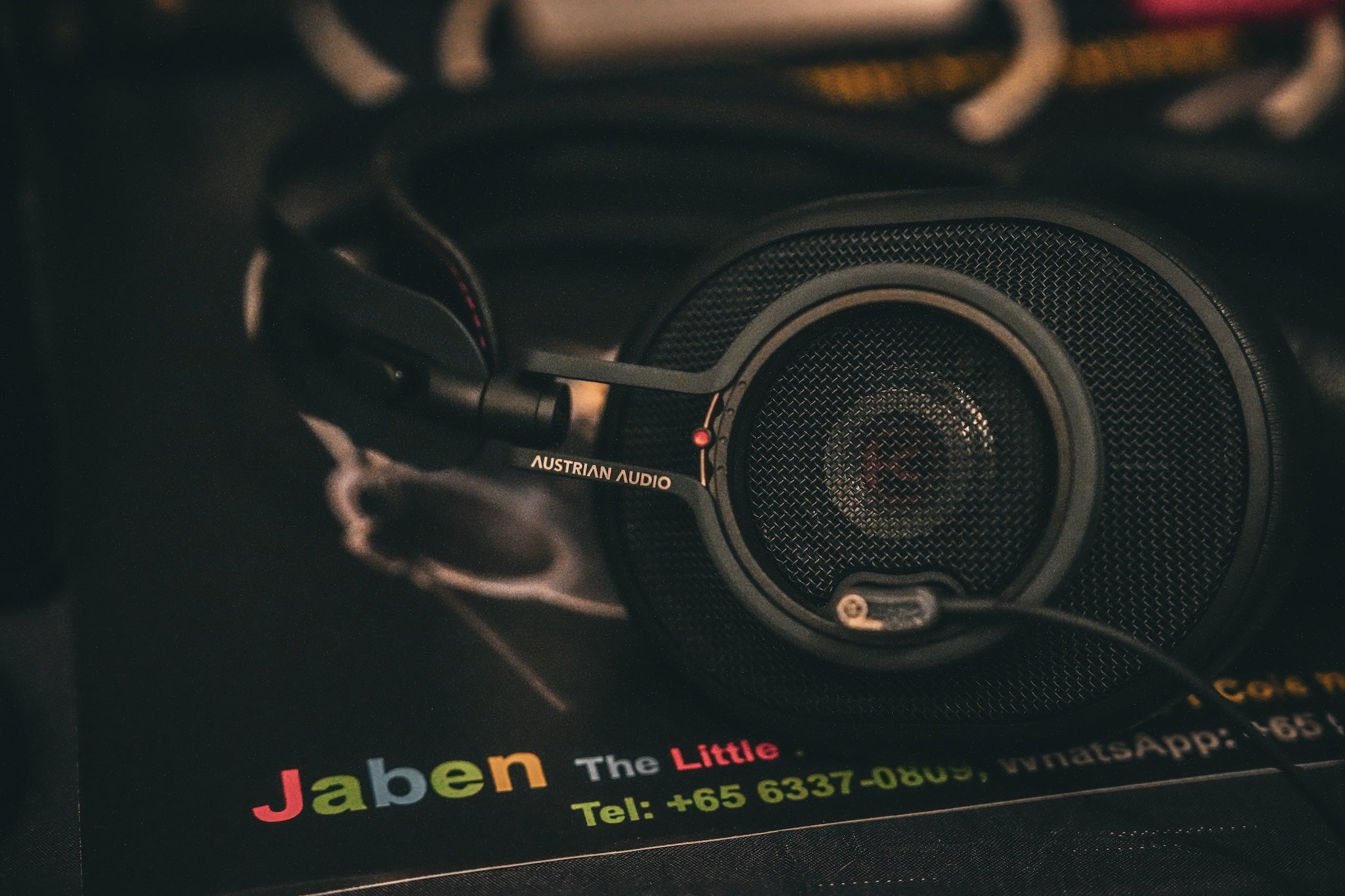
Canpur
CP32E: Starting off the Canpur gauntlet with the CP32E, I was excited to think that this was only a taste of what was to come in Canpur’s lineup. While my expectations slowly came back to earth (as you’ll see shortly on my next few evaluations), CP32E certainly captivated me early on with its slightly exaggerated sound signature that's quite bold in its low end, midrange, and treble presentation. It does a lot of things well, and it was actually quite hard to knock it across the board. I thought vocals were incredibly rich and well bodied, I found the low end to produce tremendous thump that also had decent impact, and the top end was quite sharp with a few peaks that didn’t seem too sharp, rather just on the edge of what my preferences seemed to be within this sound signature. This was a set that seemed to really grow on me with each track, and I found something more to like within every song.
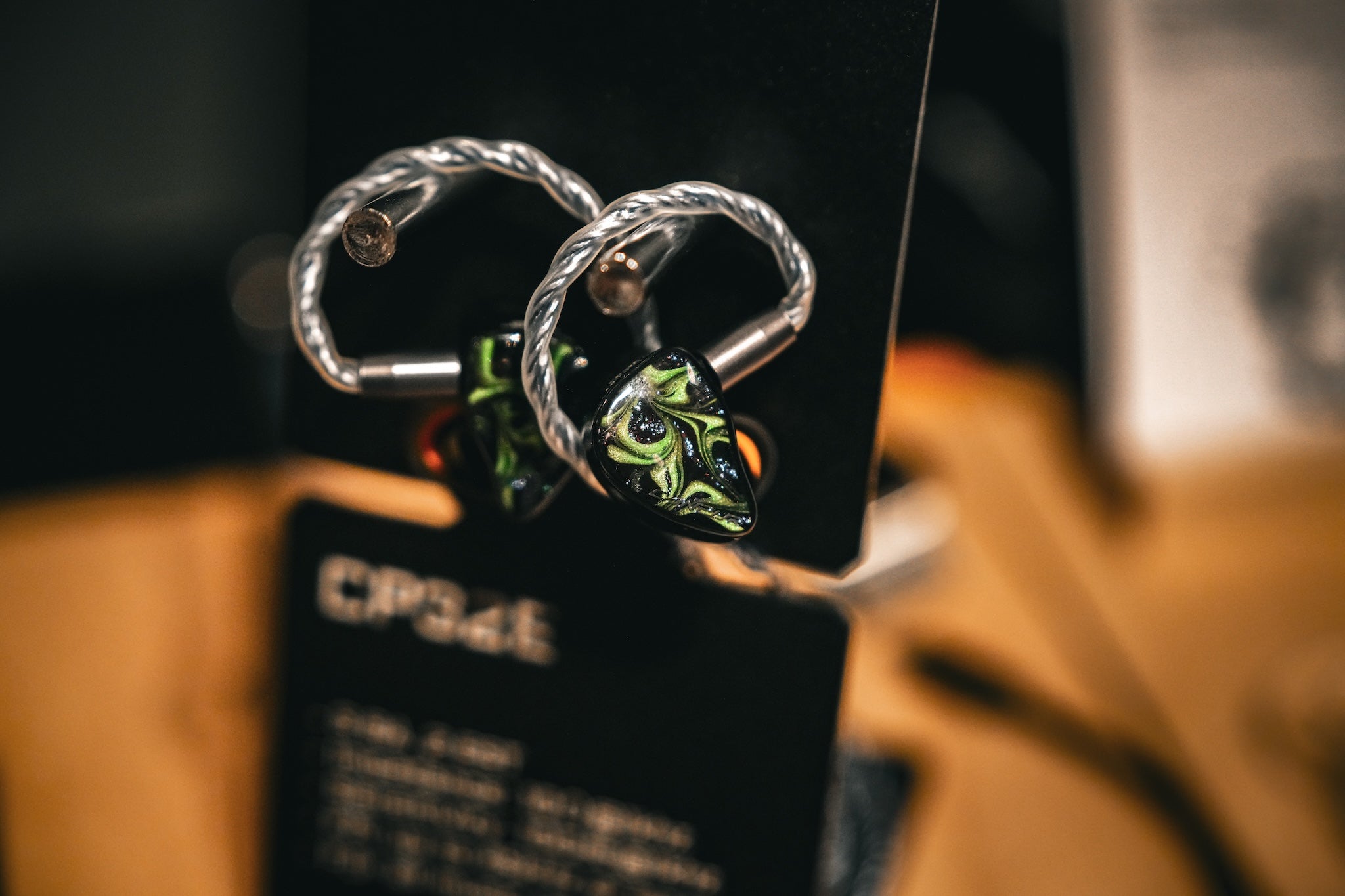
CPBA7: Coming in slightly above CP32E in price, CPBA7 offers a good change of pace that may offer a nice compromise for some listeners who wanted more mid bass impact and a slightly more natural treble response. In those two areas, I’d say CPBA7 is slightly more mature, bringing down that overall sub bass thump, and making the treble a bit more palatable in general. To me, as CPBA7 could be considered an upgrade alone due to its price increase over CP32E, I don’t think it separated itself enough to really provide me with a convincing argument as to why I’d make the plunge in spending roughly $200 more for this set. However, in its own right, CPBA7 does offer a complete package similar to CP32E that makes it a good contender in the IEM space, and one that I could see most listeners greatly enjoying.
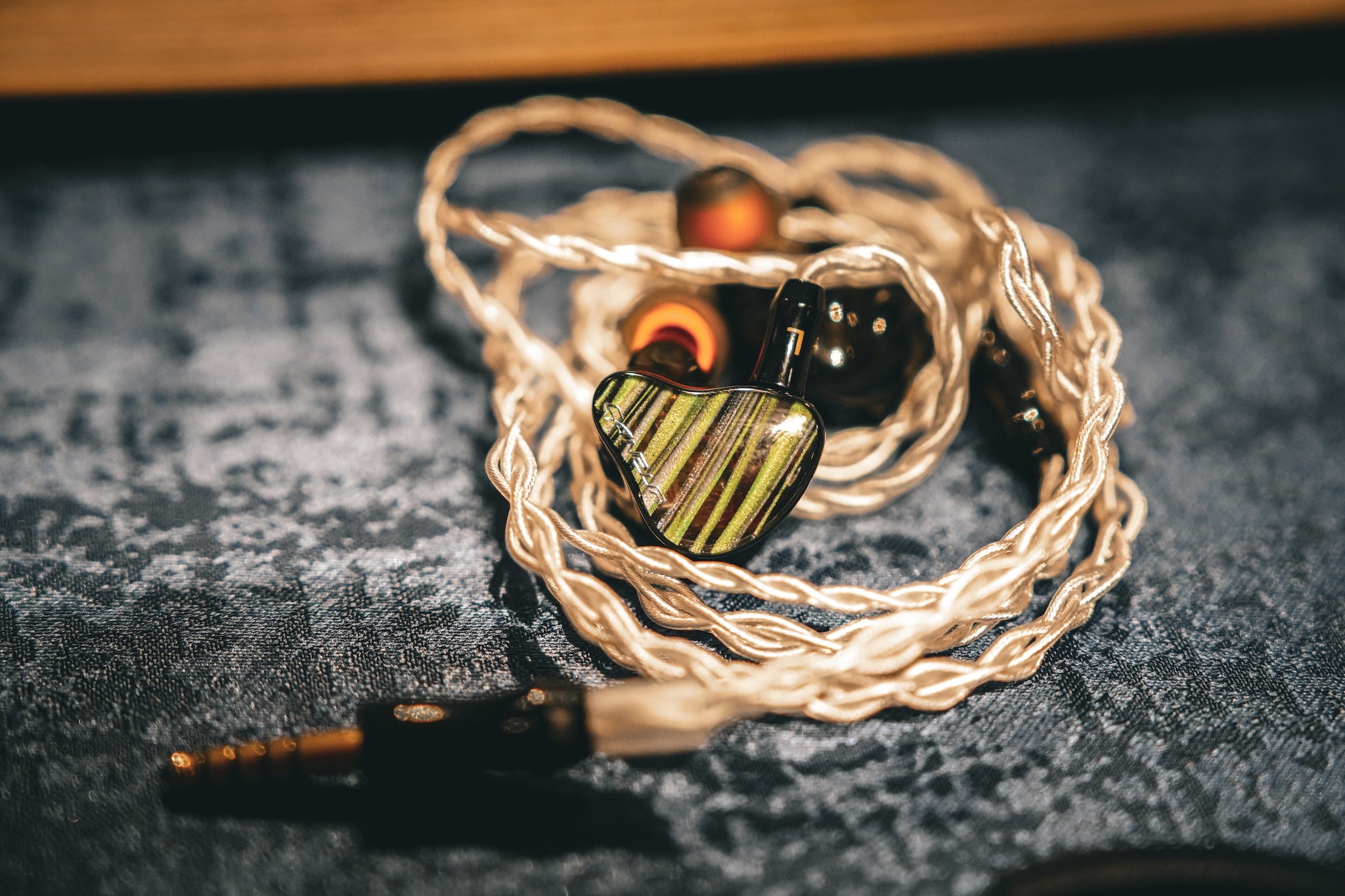
CP622B: And this where my expectations were not only reset, but maybe even came plummeting back to earth. After hearing much praise about the CP622B, it came with much disappointment to say that I simply did not like the CP622B…really at all. And while I’m not going to say my opinion couldn’t change with more listening time/trying out different sources, I found my short listening session with CP622B was enough for me to develop feelings of distaste to a sound signature that I found quite shouty, much too midbass forward, and even somewhat bland in delivery. I thought the treble sizzle was flamed out by bass that was quite cold and an upper midrange that emphasized those great vocals that previous Canpur IEMs had just a little bit too much, making them overly shouty to my ears. From my impressions, CP622B is beat out by a lot of other IEMs in value, including some options within its own family heritage! Those same magical moments that I once shared with Canpur’s entry level option didn’t carry over to its highly acclaimed and flagship level IEM that I was greatly looking forward to trying, and that in itself was a highly disappointing feeling.
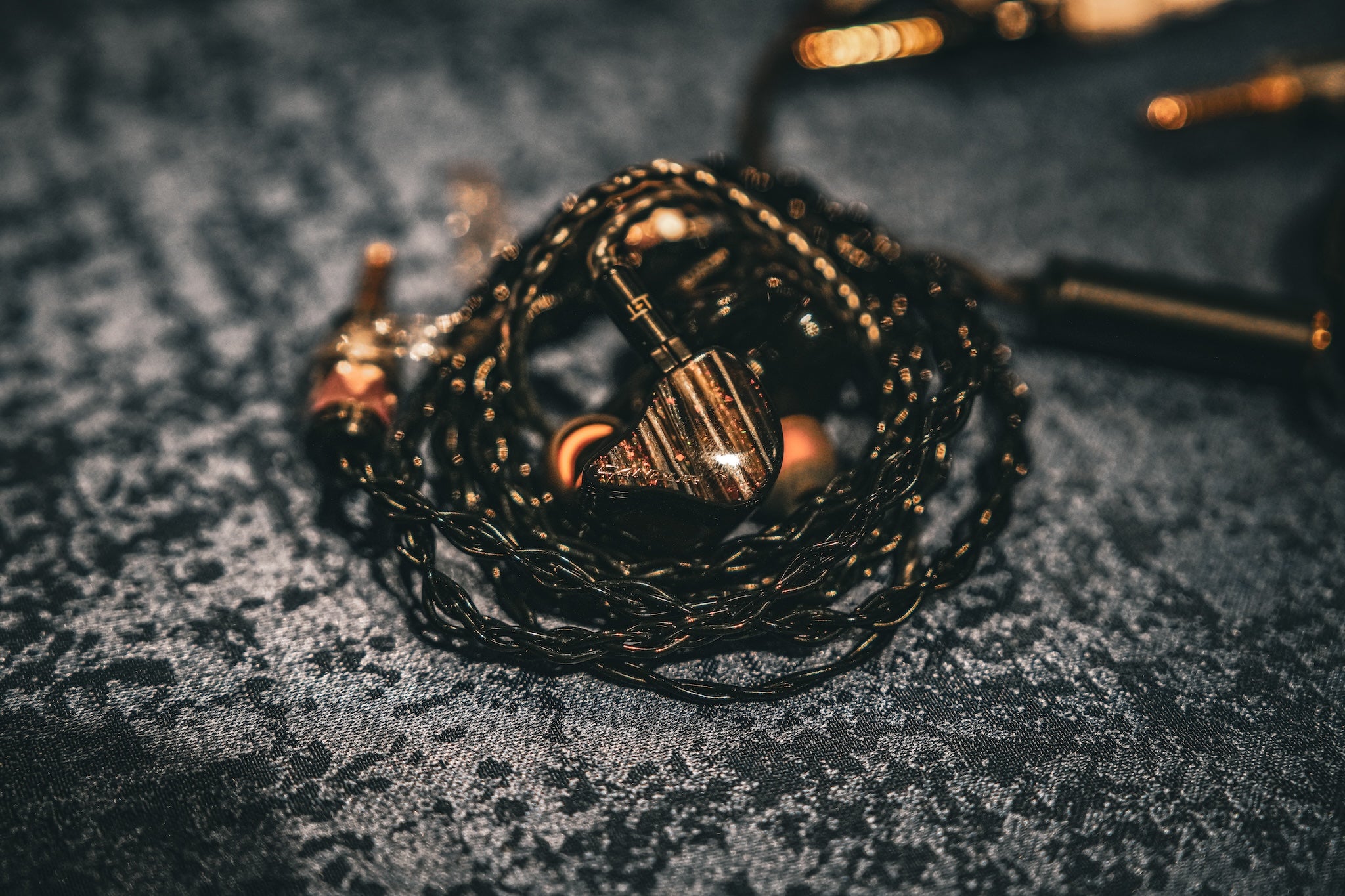
Prototype: I actually found Canpur’s prototype to be the best all rounder they had, and one that combined a great characteristic of each Canpur IEM into one collection. It was incredibly fun in the low end, thoughtful and well balanced in the midrange, and very resolving in the treble. There wasn’t an area in which this prototype felt like it under delivered, and (supposedly, nothing is final) with it being priced lower and more competitively than CP622B, I believe it has a great opportunity to deliver Canpurs flagship sound, in combination with its other IEMs, in a complete package that really is quite unique. While I don’t want to be too definitive on its sound profile as it is subject to change at any given point, I do believe this IEM has what it takes to be Canpur’s best offering in total sound quality and value.
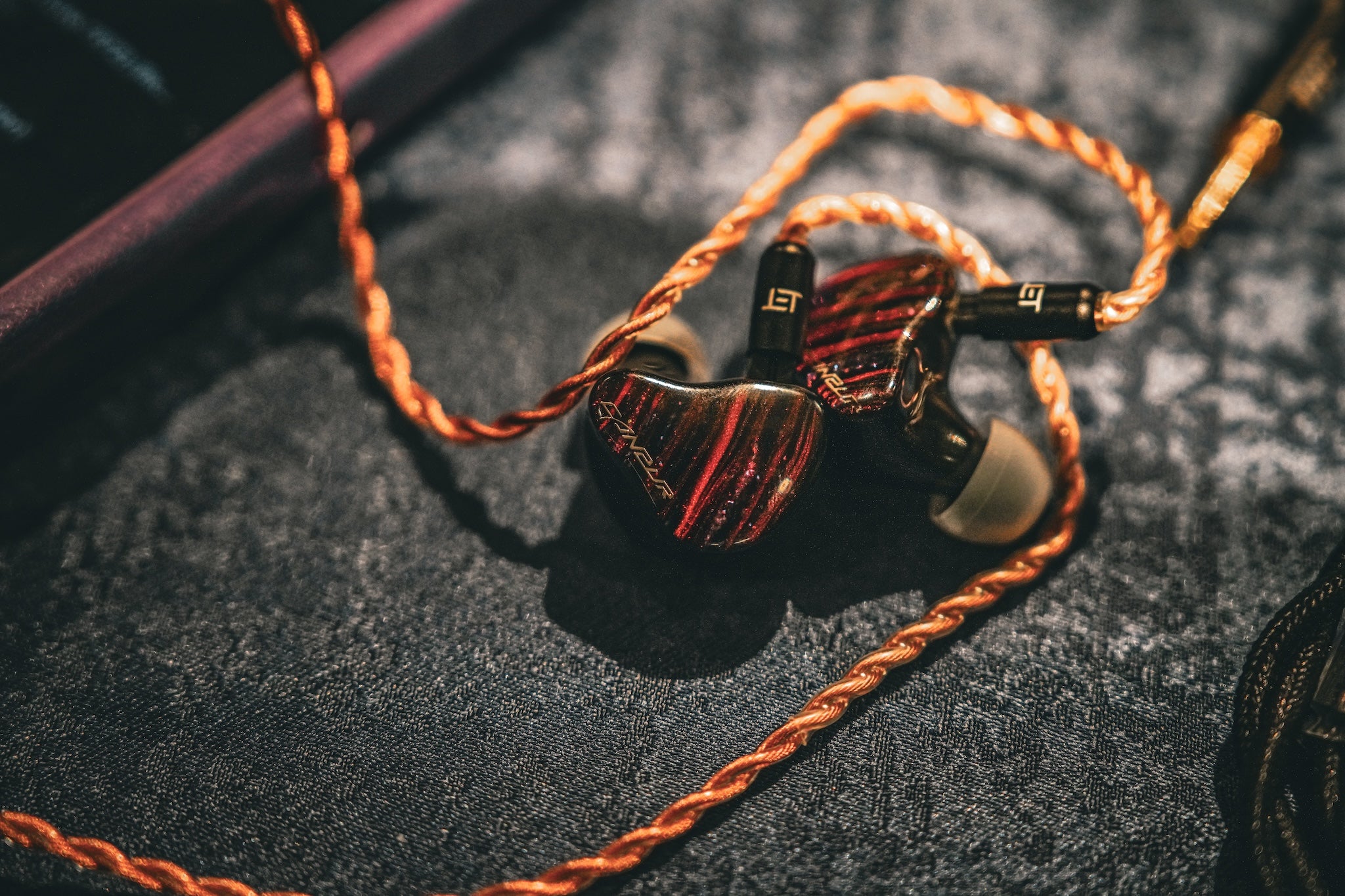
Elysian Acoustic Labs
Pilgrim: Pilgrim became intriguing from the moment I listened to it. It boasted the tendencies and characteristics I’ve come to expect from Elysian and their overall house sound. It's very technically gifted, resolving, sharp, and transparent. I was incredibly impressed by Pilgrim’s ability to present such a thoughtful and highly resolving sound signature with what sounded like no peaks or oddities. But, as I’ve grown to be quite familiar with Annihilator and Diva at their respective price points, surely this set would follow in similar footsteps, but perhaps at a slightly more accessible cost. Then I was informed it’d be coming at a very accessible cost. As I consider nothing finalized until the IEM is officially released by the manufacturer, with costs possibly being subject to change, but at around $400, Pilgrim quickly becomes one of my most anticipated releases to date. With its incredible ability to present such an airy and energetic treble, I don’t think this set will be as beloved as say the Moondrop Variations, but I do think it presents incredible value and a sound signature that I wouldn’t expect to find until climbing higher on the IEM monetary ladder.

Pilgrim Noir: I believe this write up would look much different if I walked away from the table without hearing the Pilgrim. To put things simply, I didn’t find Pilgrim Noir to garnish a sound signature that justified the hike in price in comparison to Pilgrim. It seemed evident quite quickly that Pilgrim’s overall value was simply undeniable in its price bracket, and that Noir captured similar sound characteristics, but was priced differently due to its undeniably sleek, midnight aesthetic. Don’t get me wrong, Noir outclassed Pilgrim in its delivery of kick drums and its mid bass in general, but its midrange and treble performed similarly, or slightly worse in comparison to Pilgrim, which is (supposedly) going to be half its cost. Again, aside from the aforementioned aesthetic and the Effect Audio cable that will inevitably be available only to this IEM, I find much more value in Pilgrims sound signature than I do in Pilgrim Noir, and would only truly recommend Pilgrim Noir to those who enjoyed Pilgrim, but wanted something a bit more bass forward.

Empire Ears
Triton: I believe myself, and a few others, at the show were actually quite surprised by Triton’s tuning. I jokingly called it “Odin’s Evil Twin” in reference to this IEM seemingly focusing much more on tonality than its technical performance. But don’t get me wrong, Triton still has a mostly resolving sound signature, but both the impact of midbass, and the thickness of the sub bass mostly dominate this sound signature. The midrange, I would say, is the next take away, being quite full and cohesive in its delivery. The treble resolution and extension would probably be my biggest gripe with its sound signature, but even then I still find it to be mostly refined and well presented. Overall, Triton should reside well with Empire Ears house sound enjoyers, and presents a fun compliment alongside the highly resolving and technically efficient Odin.
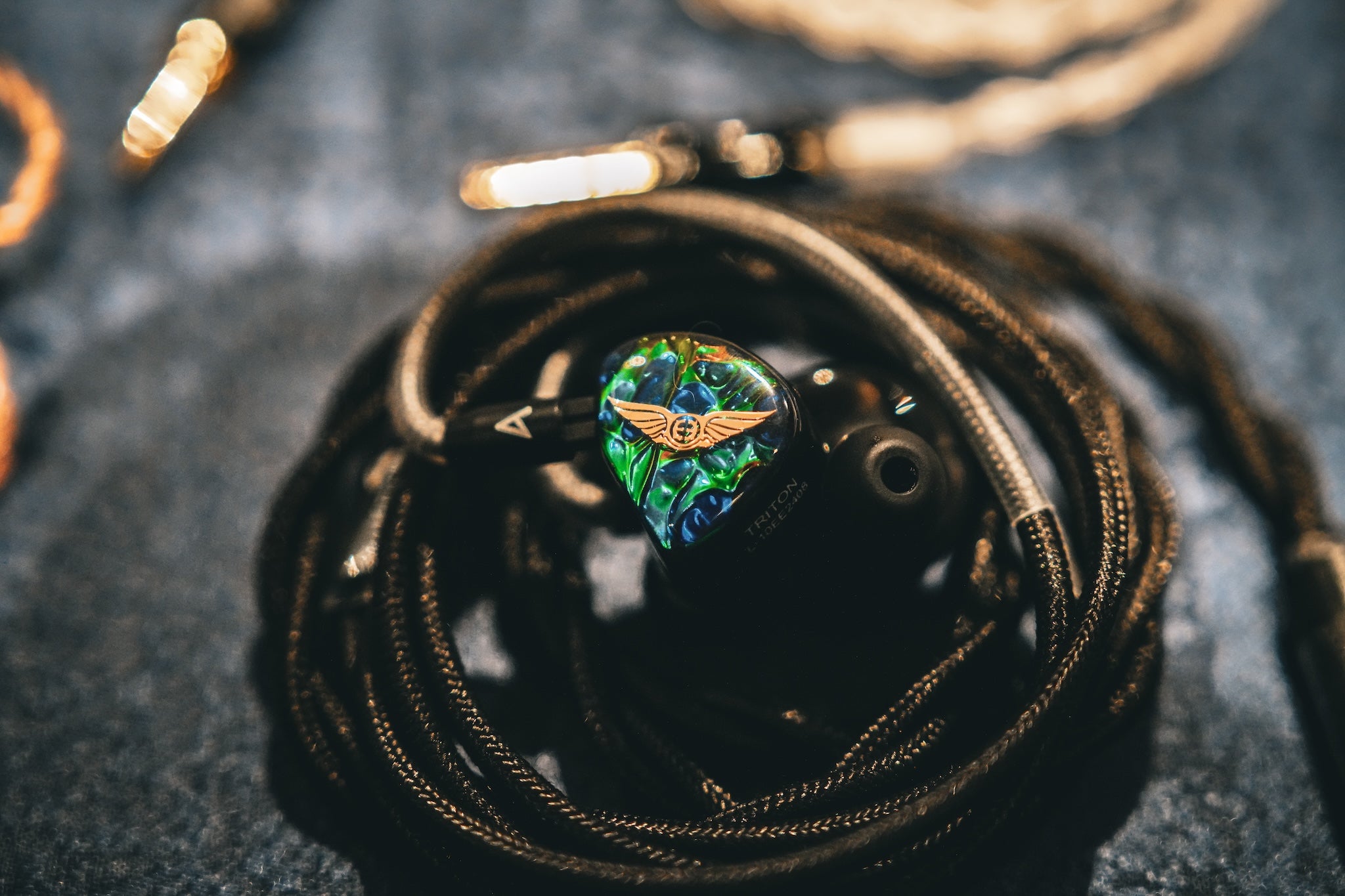
“Eletech”
Prototype: The reason for quotation marks is, while this IEM was displayed at Eletech’s booth, it's actually by Riccardo Yeh, a core member of Eletech’s team, and a friend of mine as well. This prototype has gotten a fair amount of traction on HeadFi, as well as at the show itself, so I was quite excited to finally give it a go. After listening to the “OG” of this IEM, Riccardo seemed to truly refine this prototype's overall sound signature, having the bass attack much, much faster in its presentation. The midrange is much fuller as well, and the treble is generally sharper in general. Vocals seemed to be a bit more forward than they were in V1, with them also just being richer and a bit more natural overall. Riccardo’s previous work over at HiFiMan has seemingly paid dividends as the subtle hints of HiFiMans’ planar speed and resolution are evident here within this sound profile, making for an exciting and well articulated sonic presentation. As this is Riccardo’s first dive into the world of designing IEMs, I would certainly say that he’s off to a good start.
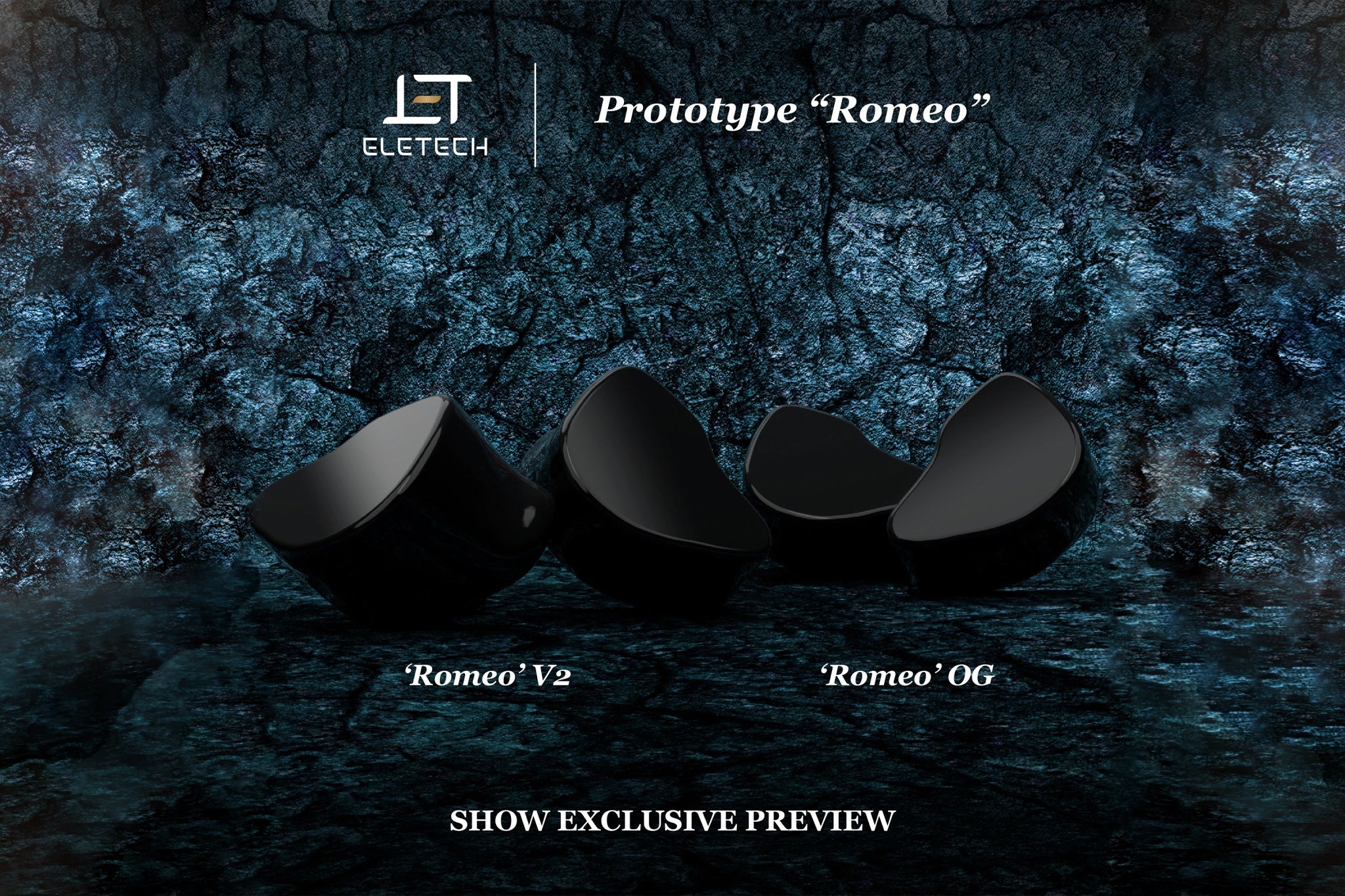
Ice Lab
Prismatica Gold: Without having much prior knowledge regarding Ice Lab or their IEMs, I would’ve never expected to walk away from the show thinking that Prismatica Gold would be among my favorites that I listened to. Alas, here we are. Prismatic Gold is the special edition version of the regular Prismatic, now featuring a…you guessed it: gold colorway. However, in addition to that, we also get a brand new cable designed specifically with Prismaticas sound signature in mind. After A/B testing the two, I decided to write specifically about Prismatica Gold as I found it to be the best version of Prismatica. Under the hood, Prismatica Gold sports 5 Balanced Armatures, which somewhat boggles my mind. The top end is incredibly revealing, making my brain immediately think that electrostatics were in the mix, and the bass was so impactful that I assumed dynamic drivers were in play also. Nope, instead, we get an incredibly thoughtful sounding balanced armature midrange coupled with a low end and top end that's incredibly focused and clearly emphasized over the midrange. I believe this V shaped sound signature is amongst the most energetic and exciting sound profiles I’ve listened to within this genre of sound signatures, and made my typical lineup of Rap and EDM that much more exciting than usual to listen to. For those who are a bit more treble sensitive, Prismatica may be where your heart will reside, but to my ears, the addition of the gold and silver cable brought out that extra air and detail in the treble that combines so incredibly well with such a boisterous and hard hitting bass. While I do think there were products at the show that I would label “better” than Prismatica Gold, it certainly has stayed on my mind perhaps the longest since the show.

Kiwi Ears
Crinacle X KiwiEars Singlo: Wake up, Samurai – we have a new Crinacle colab IEM to talk about. Although I’ve enjoyed just about every Crinacle colab IEM thus far within his collection, I’ll be blunt here and just say this IEM isn’t for me. Being more harsh here would not do any good as, like all IEMs, I’m sure some listeners can grow to enjoy the good qualities it has, like the ones in my rock test tracks, most notably the way bass guitars and electric guitars seem to have great shine to them. Unfortunately, though, the rest of Singlo’s sound signature did not reside as well with me. I found the treble to lack in overall consistency, and even found it quite fatiguing at points as well. The bass is solid, with a nice presence and fullness to it, but in terms of the rest of the sound signature, it's perhaps a bit too forward. The midrange is acceptable, but lacks the overall clarity to set it apart from both the treble and bass regions, making the sound signature somewhat incohesive and lacking clarity across the board to my ears. All in all, I think my biggest underlying problem comes with Singlo’s tonality, I just did not enjoy it as I have most Crinacle colab IEMs of the past. Although Singlo has the benefit of the doubt of $75, it is still outpaced by IEMs even cheaper in this region, and your money will most likely go further with other, or similarly priced options.
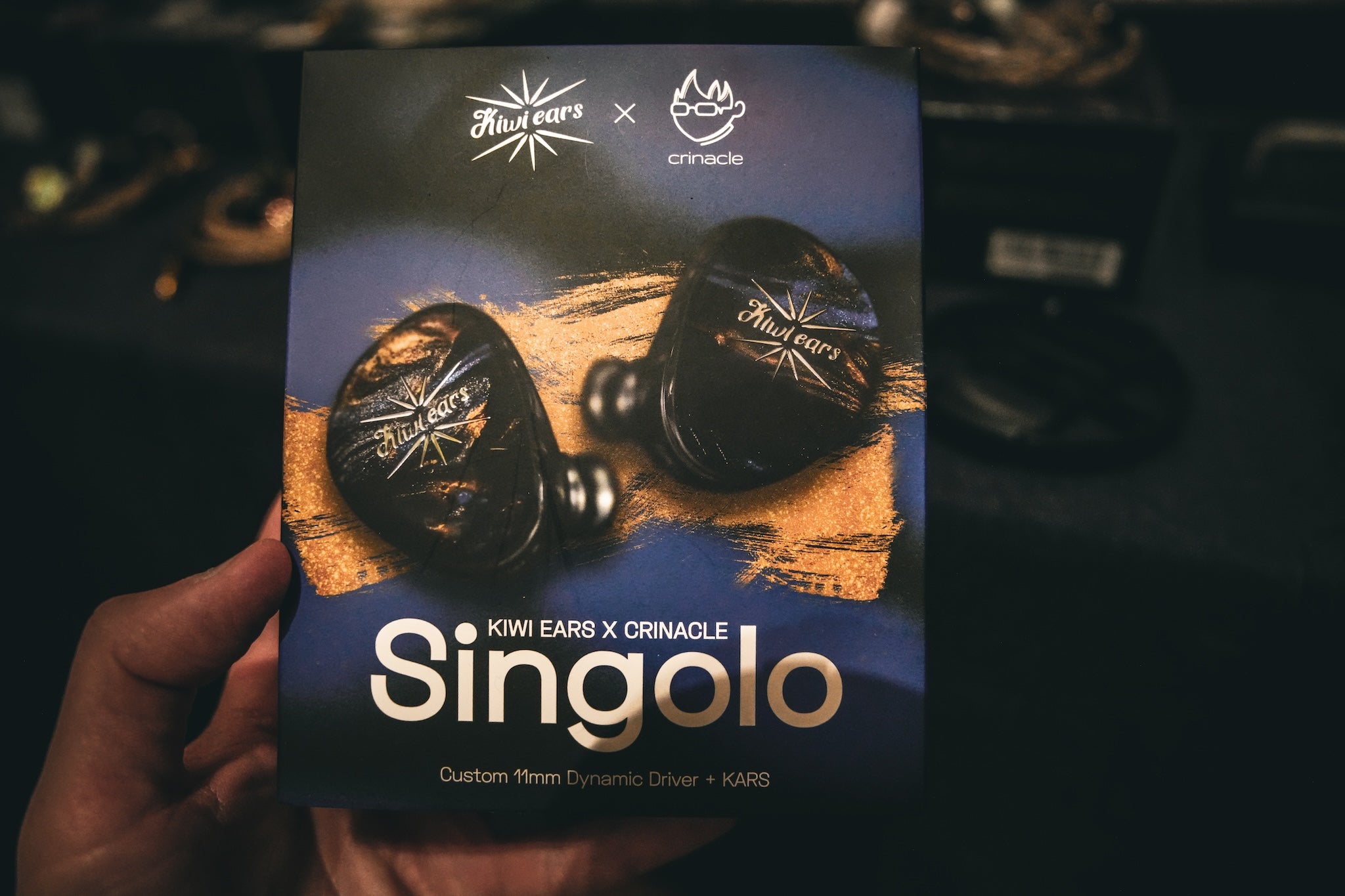
ThieAudio
ThieAudio Hype 10: Hype 10 is really conflicting to me. On one hand, it's a great IEM that has excellent top end control, passing through the perfect amount of detail and resolution without becoming sibilant. It has a very well extended subbass that provides ample thump, but remains controlled to play well with a wide variety of genres. Its midrange follows suit in typical ThieAudio fashion to be what I consider the best part of the IEM. Its timbre and vocal presentation is incredibly natural, physical, and bodied in its display, rounding out every part of Hype 10’s sound signature. So what's on the other hand? Well, at $900, I’d rather take that money over to their cousin, the Monarch MKIII, or perhaps even to its little brother, the Hype 4. For the money, the Hype 4 has found itself as an incredible value pick within ThieAudio’s lineup, and within the IEM space as a whole. The Monarch MKIII has also become the most accessible flagship level sound at $999, and boasts a more refined sound signature in general. So, where does that leave Hype 10? For a very specific listener, who most likely will have to listen to it beforehand in an A/B comparison to really understand how it separates itself from the pact of the aforementioned IEMs, before committing a blind buy. That leaves a very niche amount of listeners, and something that could’ve been avoided by a price correction. So while Hype 10 is a solid IEM in its own right, I wish it presented enough difference within ThieAudio’s lineup for me to truly recommend it as a great blind buy, and or value pick.
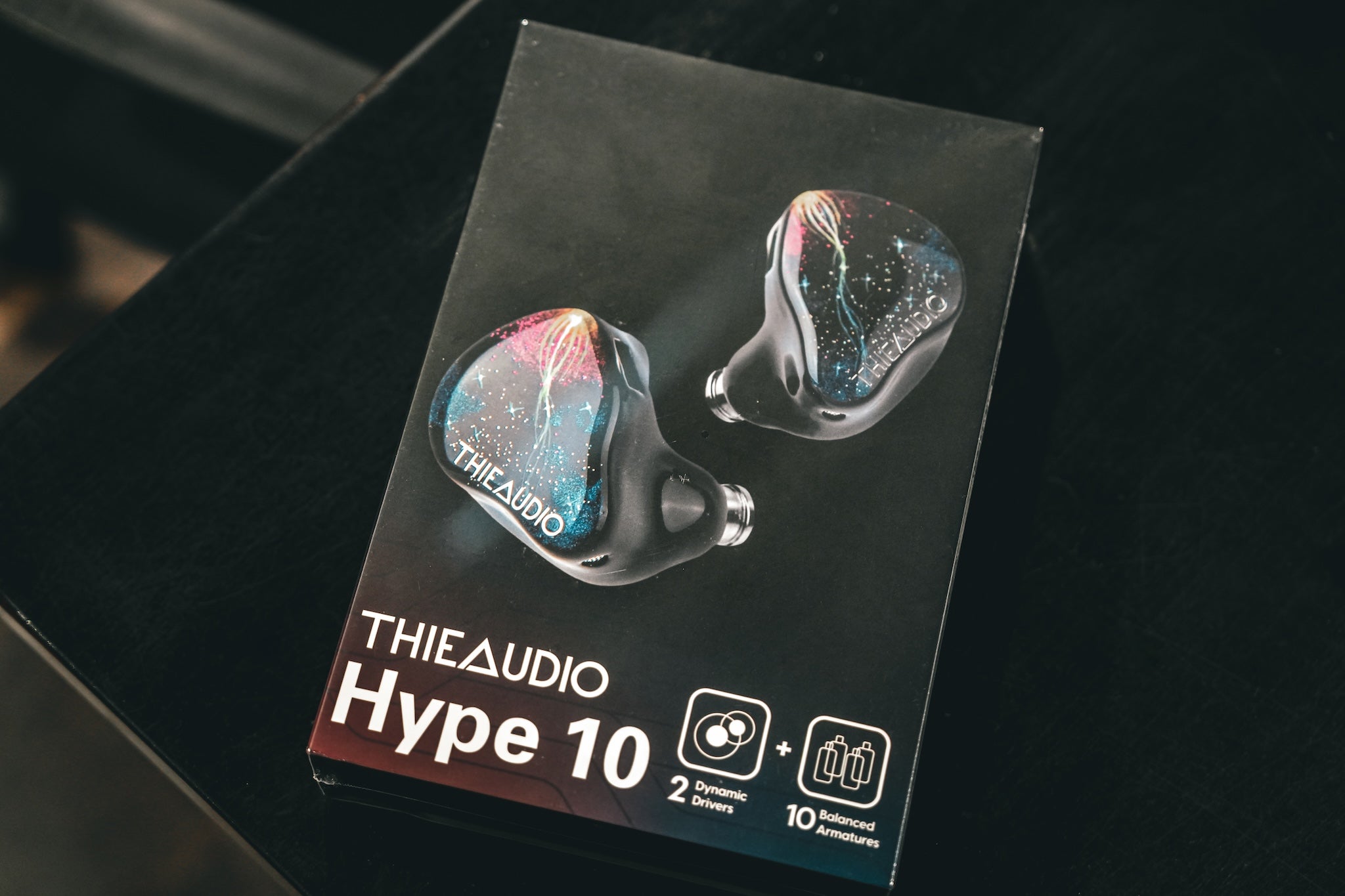
Mass-Kobo
Model 465: Quite honestly, I will never say my ear is discerning enough to contrast an amp's sound signature against another amp without a direct A/B listening session to consider my thoughts between the two as accurate. That was until I heard Model 465. And the only reason for that is due to the 465 being quite different from any other amp I’ve heard, most notably with the Susvara. While I haven’t gotten the privilege of pairing EF1000 with Susvara (aside from 5 minutes at a CanJam on a very busy NYC showroom floor), it feels as though 465 is the way to experience Susvara’s true capabilities. Susvara’s incredible layering, speed, resolution, staging, attack, and decay was in full effect through 465, and it quickly became unforgettable as soon as I heard it. I was simply shocked at just how full Susvaras sound signature became, and it felt as though after all those times of hearing Susara, I finally got to experience what HiFiMan so wonderfully made in this headphone. The kick and slam of the bass was truly what stole my attention as I would never quickly describe Susvara as a bass heavy headphone, but now it had an abundance of low end. Funny enough, the gentleman next to me even prefaced my listening experience with “Susvara; now with bass,” and while that is true, 465 offers so much more, and truly is a one of a kind listening experience.

Noble
Apollo: With a demo coming soon to Bloom in the near future, and with a full review releasing from us as well, I kept my time with Apollo this go around quite short. However, it was enough for me to get a comfortable impression on what Apollo brings to the table, and that is a very competitive entry to the wireless headphone market. With a featureset that includes, and isn’t limited to, 80 hours of battery life, Bluetooth 5.3 connectivity, and LDAC support, you get a pretty good idea of just how competitive Apollo will be. It features a somewhat familiar sound signature that has become pretty typical of wireless headphones, but it helps breakup the tuning with the driver arrangement of the planar magnetic driver and a dynamic driver, to combine elements of speed and resolution with a planar, and incredibly well textured and hard hitting bass with the dynamic driver. The midrange is well presented, but taking a slight backseat approach to accommodate that big bass, and the treble is actually quite resolving and extended for a wireless headphone, rounding out the sound signature with a decently technical approach. All in all, Apollo has a lot going for it in a well saturated market. I find it to do a lot of things right to really set it apart from its competition, and should land as a sizable success for Noble’s first over ear headphone.

RAAL 1995
Immanis: Hailed by many as best in show, Immanis came with lofty expectations to live up to. Did it meet them? It shattered them. Elegant in design, graceful in its sonic delivery, Immanis is beautiful inside and out, presenting an incredibly well constructed design with a sound signature that can best be described as organic and accurate. Immanis has a way of evoking emotion in its sound signature, and it's truly hard to gauge whether it's from the more forward vocals that somewhat steal you away from your surroundings and give you a concert-like listening experience, or the incredible resolution that simply captures every element of your track. While sometimes a copious amount of detail can be somewhat fatiguing or overwhelming, Immanis presents its hyper realistic sense of detail with a proper amount of warmth to help break things up, in essence steering itself away (by good margin) from a monotonous listen. While I could rewrite, revise, and take every possible measure to make sure my words describe Immanis accurately to what I heard, it simply won’t be enough to properly share what I felt through my time listening.
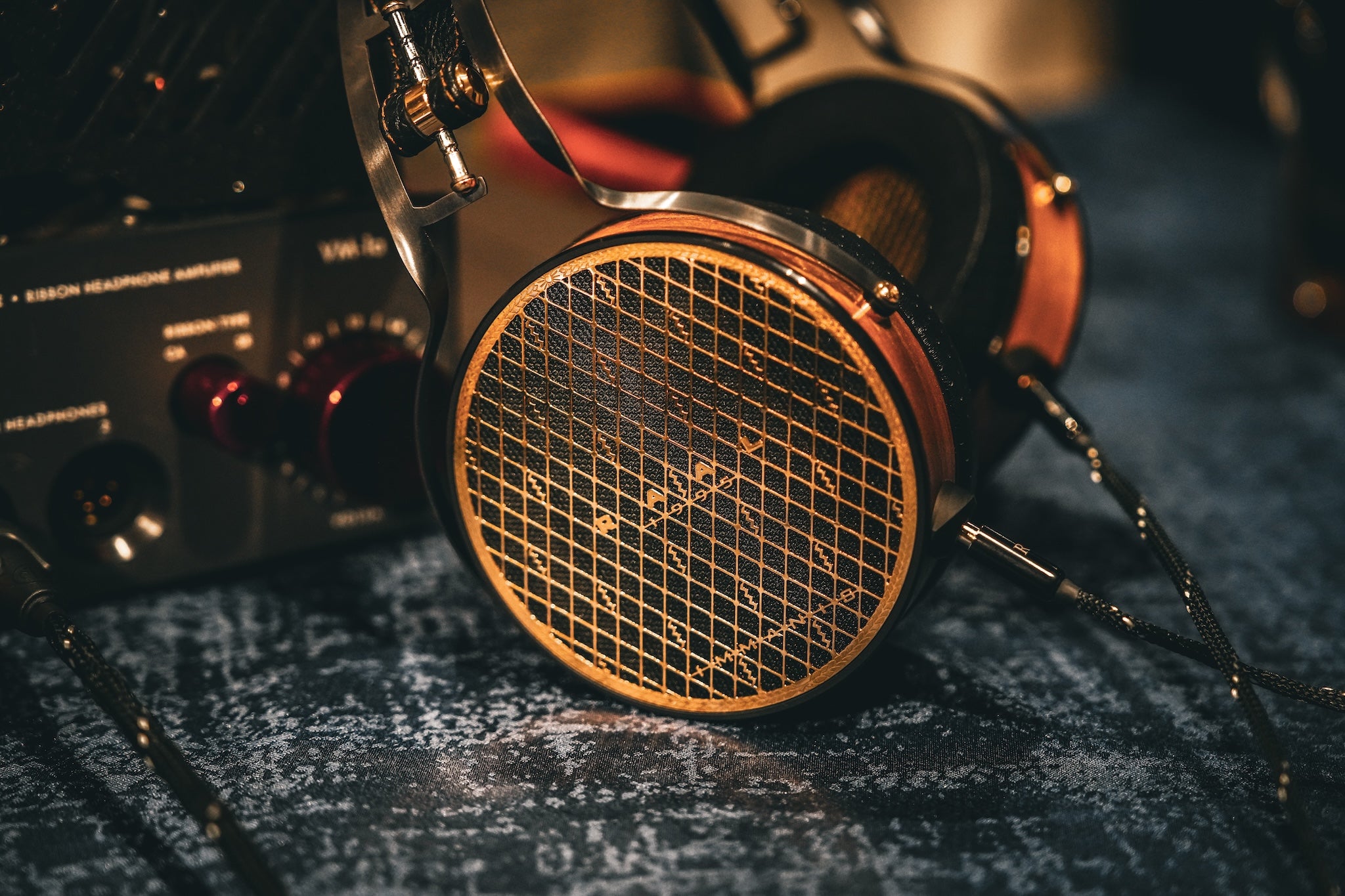
Magna: As Magna is in Immanis’ family tree, Magna carries over similar traits of emotion and hyper detail, and perhaps engages the listener more with a punchier low end, and an incredibly fleshed out and rich midrange. While Immanis, to me, is the more complete headphone with a slightly more mature sound profile, there were parts of Magna that excites me more than Immanis, and a lot of other headphones in general. Bob Marleys “Is This Love” was perfectly captured by Magna with the reggae sensations vocals being captured in such a lifelike nature, with the percussion having such a sharp sense of physicality to them. The staging and imaging was both incredibly precise and wide, while still maintaining a natural and non exaggerated sense of space between instruments. Magna portrayed this song in a way of hearing it all over again for the first time, a feeling that is often commonly chased amongst all music listeners and audiophiles alike. That is an exciting feeling, and that is what Magna was able to do in its sound execution. There is a lively energy in Magna that's captured lightning in a bottle, and offers a superb counterpart to Immanis, and a distinguished entry by itself in RAAL’s lineup.
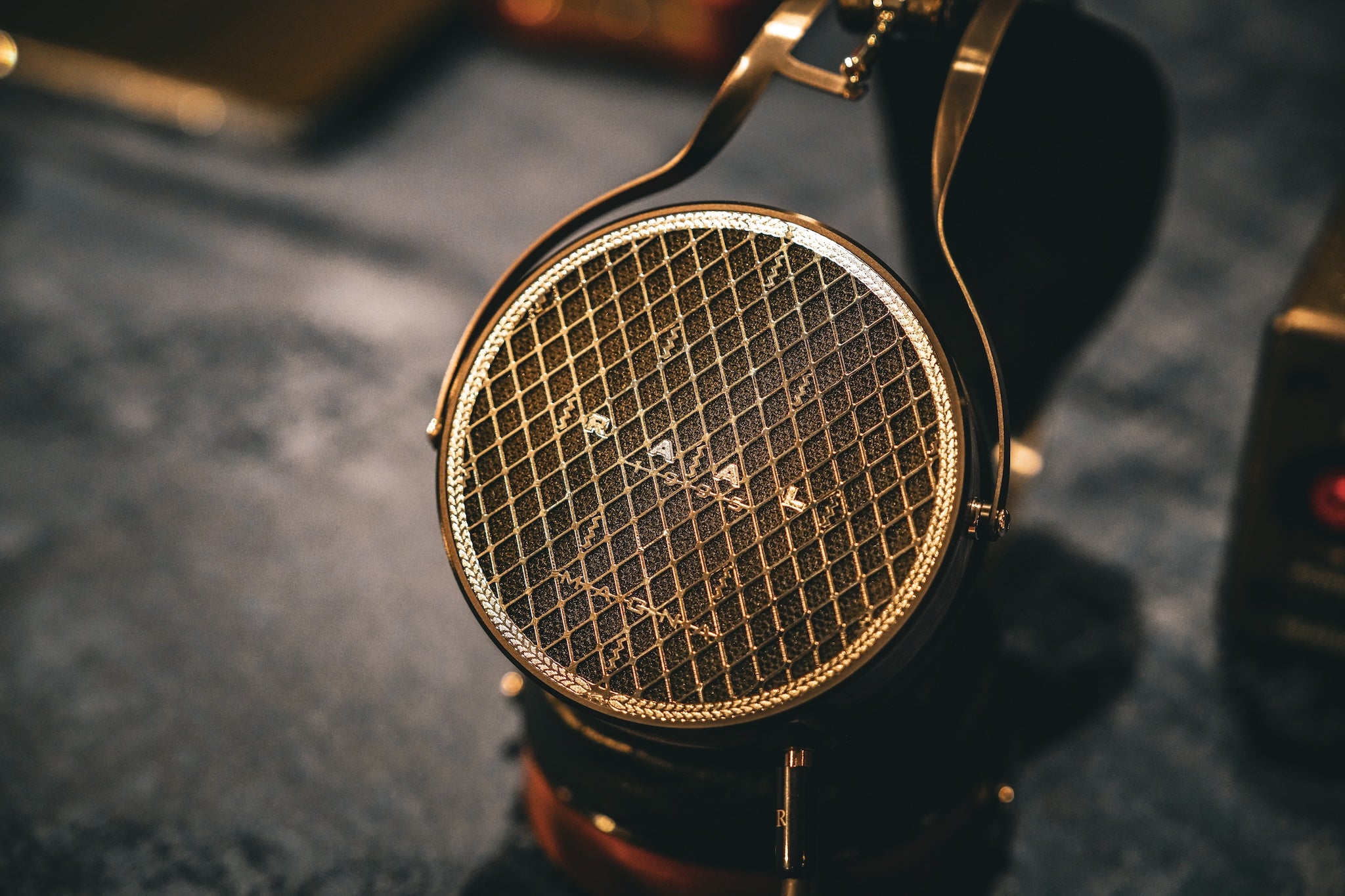
Symphonium Audio
Titan: Bass. Lots of bass. But before we get into that, let me preface this by saying that Symphonium has become a regular staple of mine in checking to see if they have anything new at each CanJam they exhibit. I have great respect for their craftsmanship and tunings, and Titan similarly follows suit. The claims of huge bass at no cost is quite true, as while yes, there is monstrous bass, there is also quite a technically gifted treble that remains balanced and sharp in what feels like an area of the sound signature that should get lost in the sauce. The midrange is what takes the biggest hit here, but for the most part, it remains well in-tact within the sound signature to hold its own against both the treble and the bass that clearly steal the spotlight. The sub bass within this IEM is both quantity and quality, and becomes a fun party trick with a multitude of bass heavy tracks remaining controlled up until the grand reveal of incredible low end presence. Symphonium has found yet another way to innovate within the space, and Titan should be quite the contender in the North American market for bass enthusiasts.
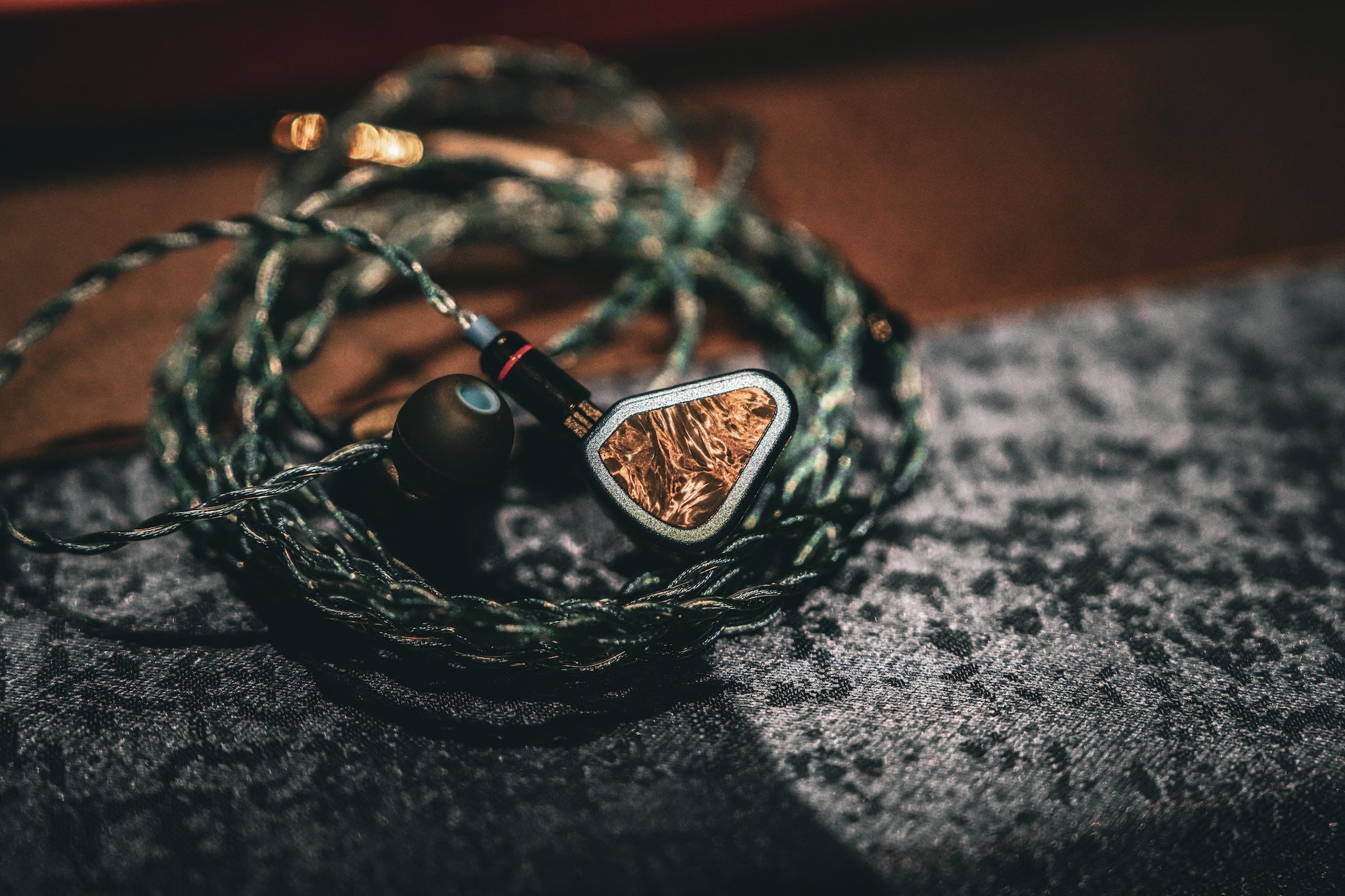
Conclusion
CanJam Singapore had so much more to offer than just audio. To post this guide without thanking HeadFi for putting on another fantastic show, the manufacturers and vendors for exhibiting, the community for attending, and the Watercooler crew for welcoming me in would be a major disservice, so truly, thank you to everyone who was apart of this experience in one way or another. CanJam Singapore was an unforgettable experience, and I’m already looking forward to my next visit.




